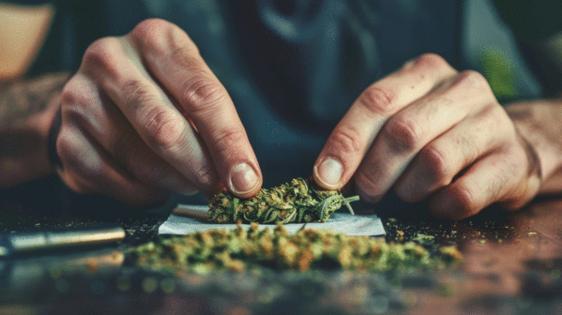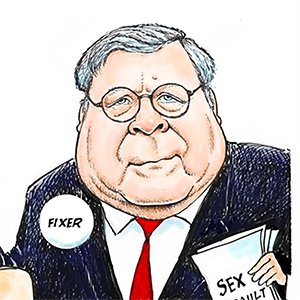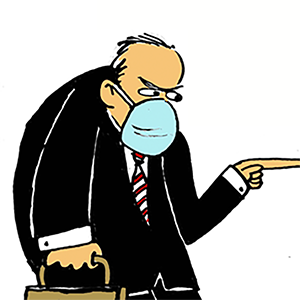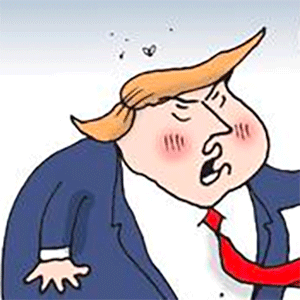2 years after cannabis legalization in Maryland, teachers see impact on kids
Published in News & Features
BALTIMORE — It’s been two years since recreational cannabis became legal in Maryland. While revenue has increased and arrests for cannabis possession have decreased, health experts and school officials say there’s an often-overlooked impact — many kids don’t see the drug as risky.
Marijuana legalization has normalized adult use and lessened surrounding stigma. National trends show a decline in cannabis use among kids, but Maryland-specific long-term data isn’t available yet.
A survey conducted about six months after adult-use legalization, however, found that “many Maryland teens think their peers are using more cannabis since adult-use legalization.”
What is clear from the perspectives of teachers and other academic professionals — like Baltimore County Councilman and public high school teacher David Marks — is that they believe more kids are showing up to school under the influence of cannabis.
“I definitely observed more students getting high, and also the just general pervasive smell of marijuana use in the school building,” Marks said, noting the negative impact it will have on their academic success.
Marijuana use in adolescents and young adults can affect brain development, leading to “problems in learning, memory, coordination, reaction time and judgment,” according to Mayo Clinic, and frequent use can cause “hallucinations, paranoia, and a range of emotional problems.”
Diagnosing the problem
The change in risk perception of cannabis is key to understanding how kids consider its use.
Kara Skelton, an assistant scientist in the department of health behavior and society at the Johns Hopkins Bloomberg School of Public Health, said that risk perception has gone down as states have legalized it for recreational use.
“There’s this growing social normalization of use and decreasing risk perceptions, both for youth and then as they transition into adults,” Skelton said.
Normalization of the drug snowballed and some school resource officers have observed a “slight uptick” in students using cannabis and highlighted children vaping as a serious substance use concern, according to Michael Casamento, a Maryland training coordinator with the Drug Abuse Resistance Education (DARE) program.
DARE is a program created in 1983 that placed police officers in schools to teach drug and violence prevention lessons.
Janet Bailey, a cafeteria manager for Baltimore City Public Schools and the president of the Laburt Improvement Community Association, is also concerned about the drug’s impact on youth, even though she thinks legalization is largely beneficial for adults. She said she’s witnessed kids who get high in the morning, fall asleep and miss school. “Too many of them are indulging, and starting at a younger age. Too many of them [are] indulging, and it’s messing with their mind.”
Developing solutions
Teachers want to help, but there isn’t much they can do, Marks said. “Educators have their hands tied. It’s difficult to enforce marijuana use outside the building,” he said.
Over a third of Maryland teenagers also reported getting cannabis directly from “unregulated sources (defined as ‘another store’ or ‘online’) or they were ‘unsure’ of source,” according to the Maryland Cannabis Administration (MCA).
In an email to The Baltimore Sun, an MCA representative said that this suggests that cannabis “has been easier for teens to access outside of Maryland’s state-licensed dispensaries.”
Unregulated cannabis products pose greater risks to kids because they aren’t subject to the state’s testing standards. “Products may actually be higher or lower in THC than what is on the label and could contain other harmful contaminants,” an MCA representative said.
A multi-faceted collaborative effort to address associated threats to kids seems to inadvertently be happening across the state.
The city’s improved youth activities for kids make them less likely to try dangerous substances. “It seems like a lot of crime in Baltimore City is going down. And you kind of have to look at some of the changes that the city government has made,” Casamento said.
After-school programs for kids, offering greater swimming pool access and cleaning up public spaces, are important steps. “There’s just more options out there…that’s when you start seeing a lot of the substance abuse go down,” Casamento added.
Kal Shah, the owner of two cannabis dispensaries — Waave in Prince George’s County and Summit Wellness in Baltimore County — said his dispensary, and the cannabis industry more broadly, takes measures to safeguard kids, including childproof packaging, conspicuous warning labels, and educating adults about speaking with kids about cannabis.
Ultimately, the lessons learned from controlling other potentially dangerous substances will also have to be implemented alongside new lessons on cannabis use to protect children, Skelton said.
“We have decades of research from alcohol and tobacco control that we can leverage as we look to protect youth and other vulnerable populations.” she said. “It’s imperative to do so.”
------------
©2025 The Baltimore Sun. Visit at baltimoresun.com. Distributed by Tribune Content Agency, LLC.







Comments